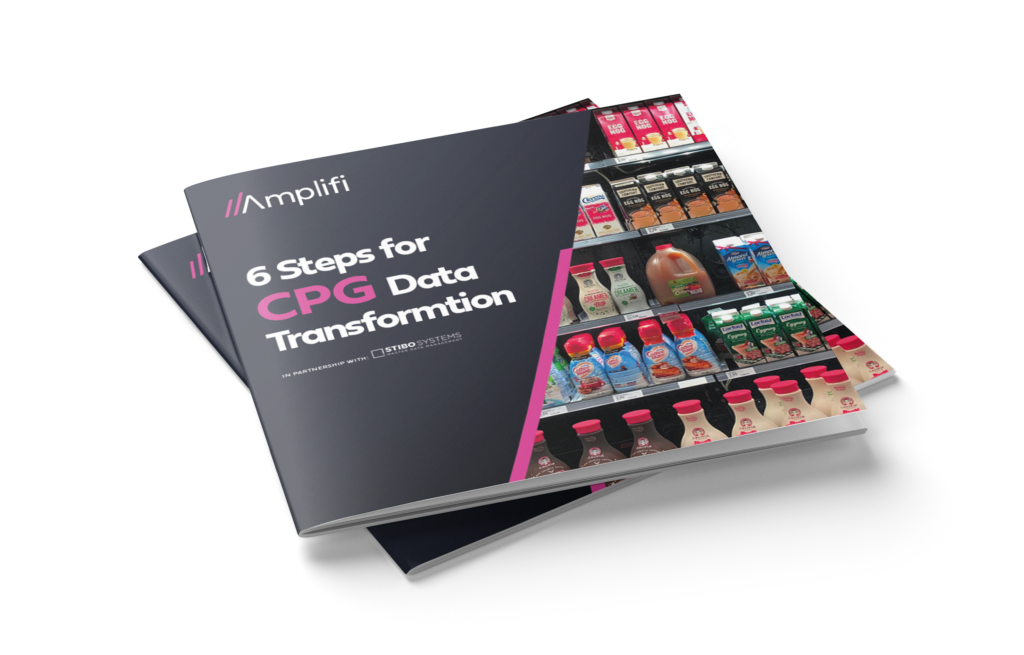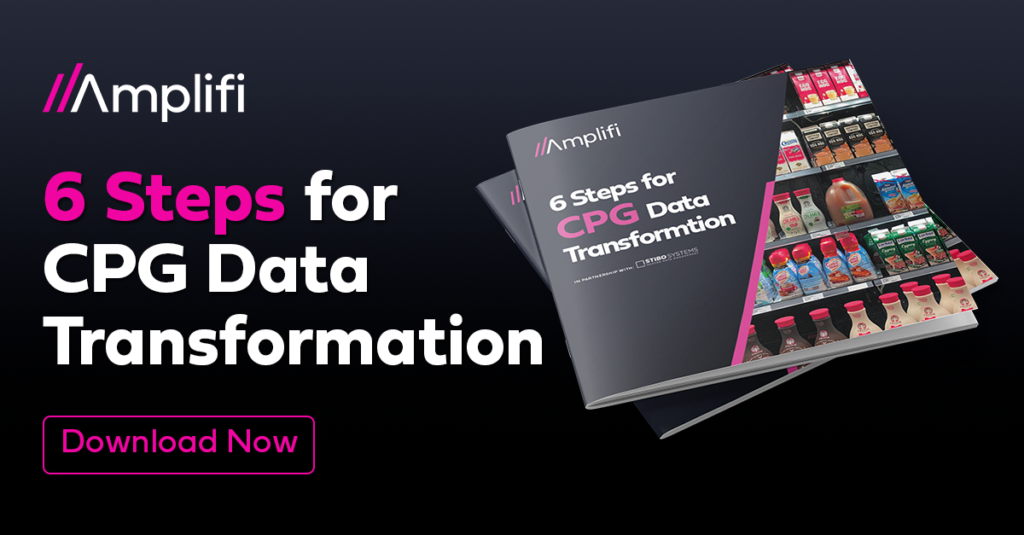It’s the holidays! This means we all get to enjoy fun seasonal products. But behind every festive feature is a CPG team trying to catch its breath.
Managing the SKU lifecycle is especially stressful for those who handle artwork, packaging, labels, suppliers, and more.
Why? Because for many CPG teams:
- Seasonal/theme product deadlines come hard and fast.
- Even though you lack a unified system, you still need to deliver consistent, accurate information.
- And on top of everything, your product must be ready for the physical and digital
A “Less Stress” Strategy for Your Team
 As we shared in a previous article, adding “new” to your SKU is a great revenue driver. But there is a downside.
As we shared in a previous article, adding “new” to your SKU is a great revenue driver. But there is a downside.
Because the SKU lifecycle never stops, it’s a constant strain on resources. It taxes your team and diverts their focus from potentially higher-value work, like analyzing customer feedback and developing competitive new products.
You’ve likely heard that master data management (MDM) can ease these challenges. In fact, many CPG companies leverage MDM as a leading strategy for product innovation.
So, how can you apply this data strategy? Here are 3 ways to refresh your SKUs faster, easier, and with a greater impact.
1. Create a Central Hub for Product Information
Here’s a tricky thing about managing your SKUs: If the update doesn’t constitute a formula change, then it’s not actually a new product. And if it’s not a new product, it doesn’t get the star treatment of a full new product introduction (NPI) process.
That means the people refreshing SKUs must be truly agile. They need to make constant updates that entice consumers, satisfy retailer partners, and maintain the quality of the original product.
Making ad hoc changes from Excel spreadsheets, Google docs, or SharePoint drives can get chaotic. And your typical ERP and manufacturing systems won’t help. Pulling information from disparate systems takes too much time. It’s also a surefire way to lose data consistency and accuracy along the way.
Try this instead: Give your channel, category, sales, product, and marketing managers a central hub to manage all product information and digital assets.
A product information management (PIM) or MDM platform provides a single source of truth — plus automates much of the collaboration and approval process with rules, alerts, and workflows.
An easy-to-access data hub eases the stress for your team. It also elevates the quality of the content you release into the market. So, you can refresh your SKU while maintaining the consistency your customers and retail partners expect.
2. Automate Supply Chain Collaboration
If there’s one area in CPG causing the most angst right now, it’s probably the supply chain.
CPG teams certainly want greater transparency and easier collaboration. But suppliers also feel the strain. They want to work with CPG companies that make the supplier onboarding process easy and fast.
Ultimately, consumers are the ones who voice the loudest complaints when they can’t find the products they want on the shelf. So, what can you do to keep everyone satisfied?
Some supply chain issues are out of your control. But there’s a huge opportunity to optimize how you onboard, manage and apply supplier data. This transparency alone can clear up many issues.
CPG companies have particularly complex supply chains with many moving parts. When you update something related to a SKU, you add even more data to the mix. This data often relates to the quality of the product, compliance issues, and sustainability. Basically, all the non-negotiables.
When you integrate your suppliers into your master data repository, you can easily add and make updates to supplier data. And, with certain types of MDM, you can also connect supplier data to domains like location and product for greater insights.
All this automation helps you react quickly to any risks (like recalls or out-of-stocks), adhere to labeling guidelines, support your sustainability claims, and offer consumers origin/ingredient information to foster a stronger connection with your brand.
3. Move Data with Ease
Significant effort goes into getting the data where it needs to go — particularly downstream to your retail partners. This process restarts every time you change something related to your SKU.
Especially with seasonal products, your data must move quickly and confidently to meet your retail partners’ requirements and needs. Your speed-to-market depends on your ability to share high-quality data with retailers and distributors. At the end of the day, they are the ones who get your product on the holiday shelf.
This is where an MDM platform with a syndication tool makes a huge difference. With syndication, you can build solid and seamless processes to share product data with retailer partners and other channels — like Amazon or Global Data Syndication Network (GDSN) data pools like 1WorldSync.
Product data syndication gives you peace of mind in getting your data where it needs to go. Syndication saves time and removes the frustration of manual work. And it reduces errors, too. In the CPG world, you really can’t scale without it.
Interested in a “Less Stress” Data Strategy?
 CPGs know what it’s like to manage extensive infrastructures. You’re no stranger to running a myriad of applications, across different brands, with no common framework.
CPGs know what it’s like to manage extensive infrastructures. You’re no stranger to running a myriad of applications, across different brands, with no common framework.
Now imagine what you could accomplish with unified data. One version of truth is a great start. But MDM can also provide answers for issues like how your team can collaborate faster, easier, and with an even greater impact.
At Amplifi, we understand the unique challenges CPGs face — including SKU lifecycle management, mergers and acquisitions, sustainability, digital transformation, and beyond. We love working closely with CPG teams to solve even the most complex data challenges.
Interested in streamlining your data?
Download our new guide, 6 Steps for CPG Data Transformation, presented with our partner Stibo Systems.

6 Steps to CPG Data Transformation
Our new guide shares six steps to implement a well-executed data program across your enterprise.
You’ll learn:
- How to take advantage of the fastest-growing CPG channels
- Ways to improve collaboration during M&A and product innovation
- Ideas for optimizing your supply chain and sustainability
- Tips for applying a “less stress” strategy to help your teams thrive


